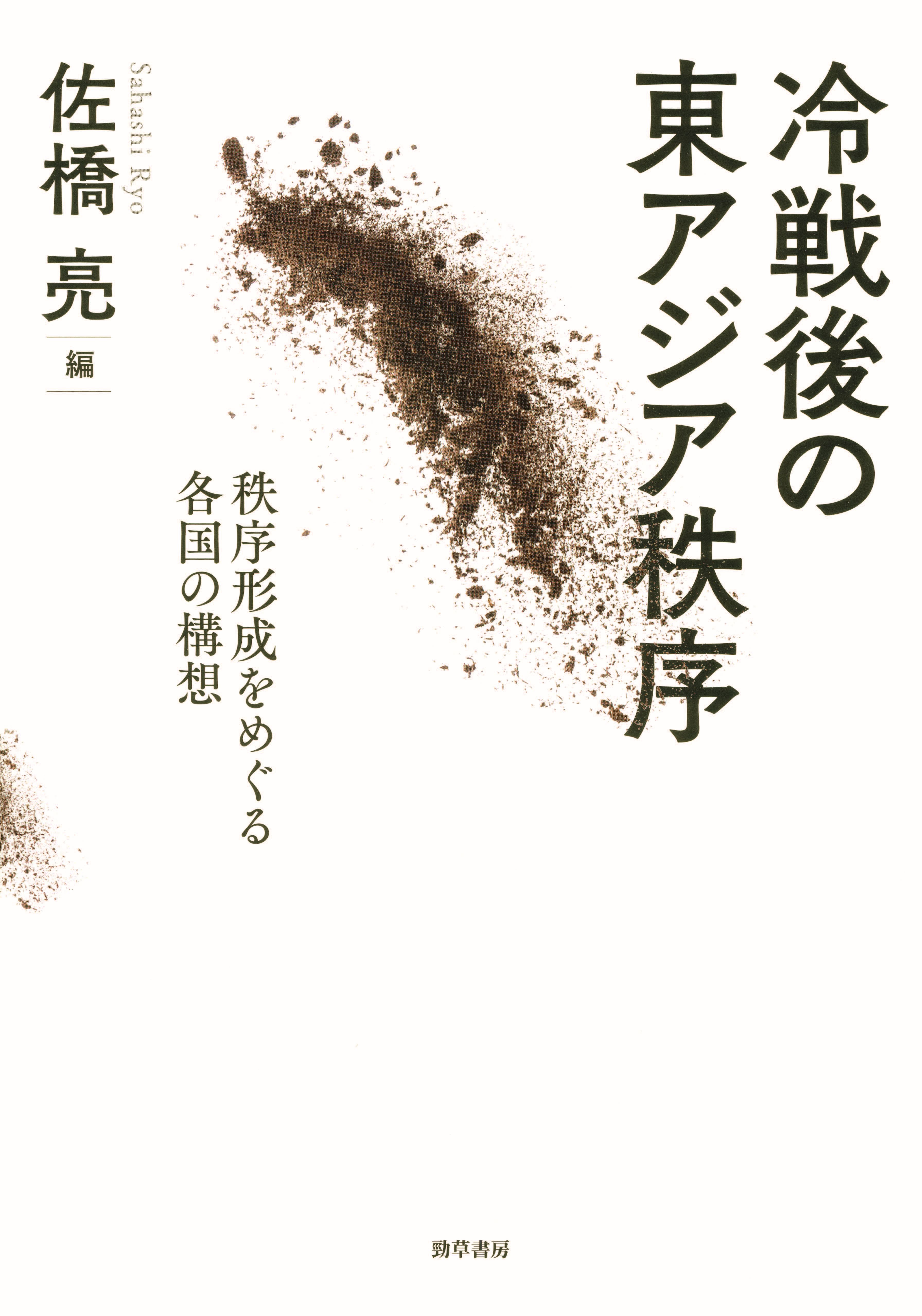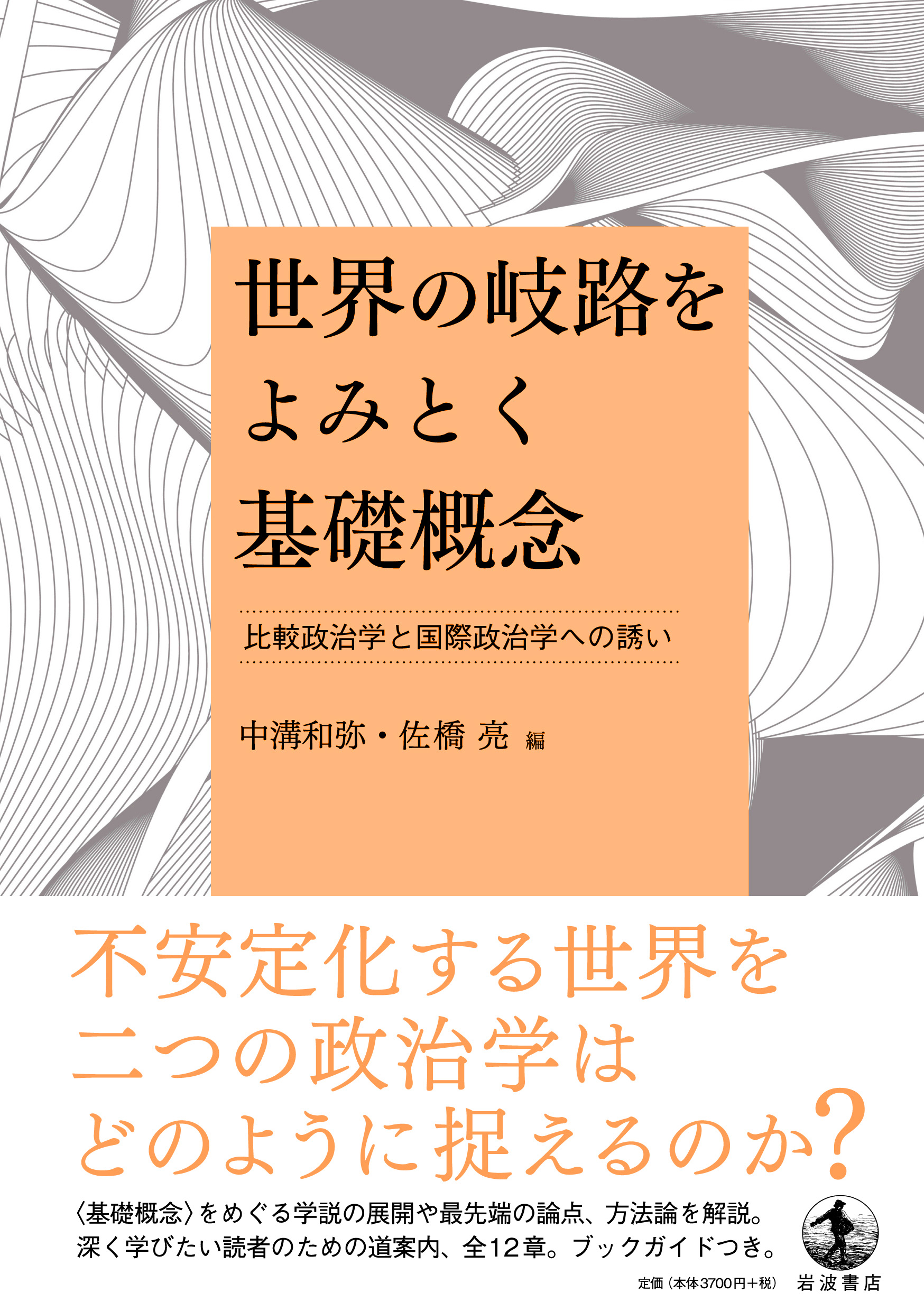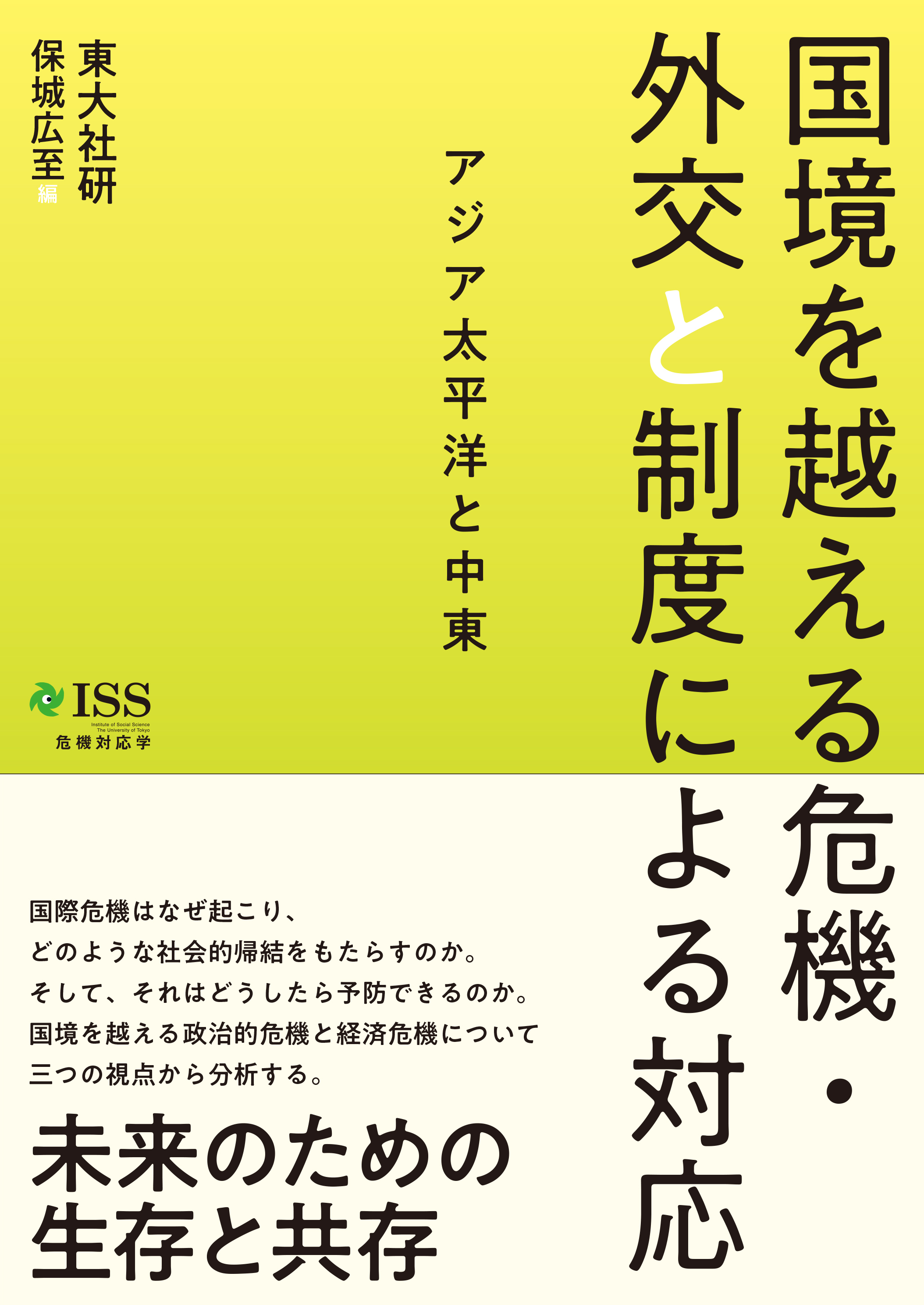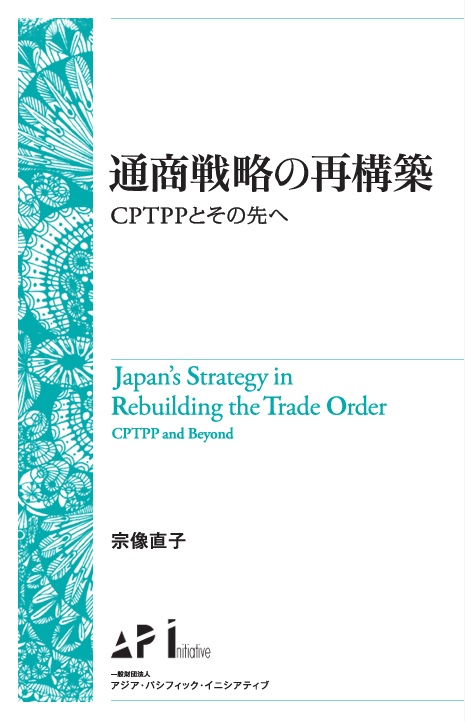
Title
Reisen-go no Higasi Asia Chitsujo (The East Asian Order after the Cold War: The Visions of Various Nations for Order Formation)
Size
312 pages, A5 format
Language
Japanese
Released
March, 2020
ISBN
978-4-326-30288-8
Published by
Keiso Shobo
Book Info
See Book Availability at Library
Japanese Page
Many parts of Asia, where a great many civilizations have flourished in the past, suffered the tribulations of colonization and also experienced the destruction wrought by the Asia-Pacific War. Even though they achieved decolonization after the war, they were affected by the Cold War structure that developed around the world. Economic growth, stability of domestic politics, and democratization are still fresh in the minds of people throughout Asia. And today the realities of Asia that are unfolding before our eyes are by no means easy to deal with. The gap between rich and poor continues to widen, the state of human rights does not admit of optimism, and in many countries civil liberties and democracy are being eroded. Furthermore, in Asia international relations are changing in conjunction with the emergence of China. With its growing confidence in its own power, China is putting pressure on surrounding countries and is giving greater vent to its own vision of regional order. The United States, increasingly fearful of China’s growth, has abandoned its policy of engagement with China and adopted policies premised on political confrontation and the reorganization of economic and social relationships, and in response China, too, is turning towards similar policies.
Will regional order in Asia be cloaked in phenomena such as social division, political conflict, external pressures, and sanctions rather than positive changes such as globalization, advances in regional cooperation, and democratization? A point of reference for thinking about such issues is the visions delineated by not only the United States and China but also other nations during the thirty years after the end of the Cold War. By reading each of the chapters in this book, it will become evident what sorts of efforts different countries made (or did not make) to improve regional order in Asia. One will also be able to grasp distinctive features of international relations such as the importance of not only major powers but also medium and minor powers and the use of diplomacy and rule creation.
There are few examples of books like the present volume that analyze the visions of various countries in a cross-sectional manner. By reading this book, which covers the main players in East Asia, one will understand the characteristics and main objectives of the foreign policies of each country. For example, on reading about the views of the United States and China regarding their allies and partners one may be able to detect the self-righteousness peculiar to the diplomacy of major powers. The world views of Australia, South Korea, and India and the policy techniques employed to translate them into reality are quite distinctive. The attempts at rule creation by the Association of Southeast Asian Nations (ASEAN) may suggest to the reader a need to pay attention to rule-making efforts through soft international law. Readers who think they are knowledgeable about Japan shall make all sorts of discoveries when reading the chapter about how Japan has evolved its foreign policy through the framework of historical institutionalism. The introductory and closing chapters not only deal with the underlying points at issue throughout the book, but also touch on the main points in each chapter’s discussions and on future scenarios.
(Written by SAHASHI Ryo, Associate Professor, Institute for Advanced Studies on Asia / 2021)



 Find a book
Find a book


 eBook
eBook

